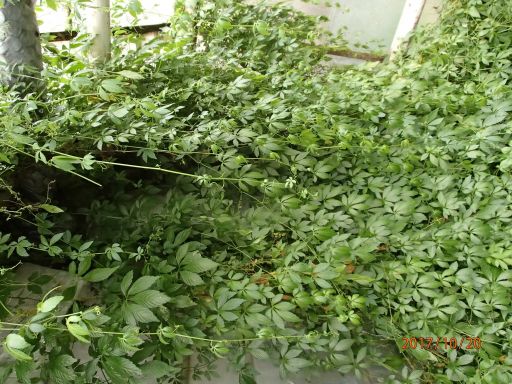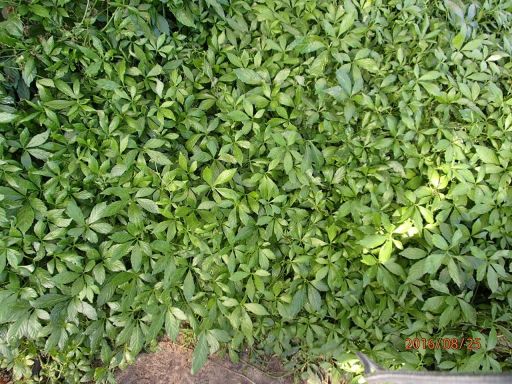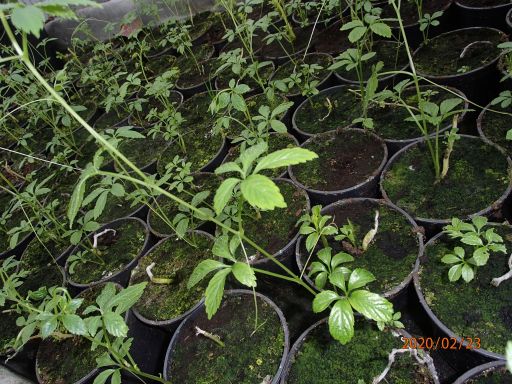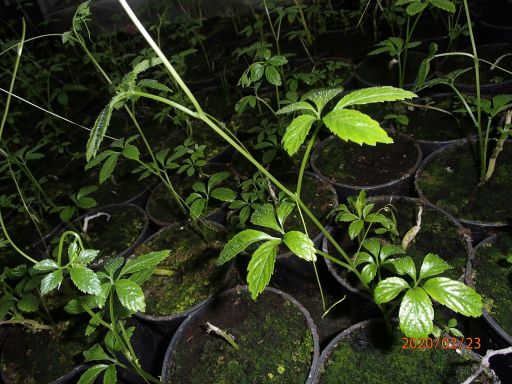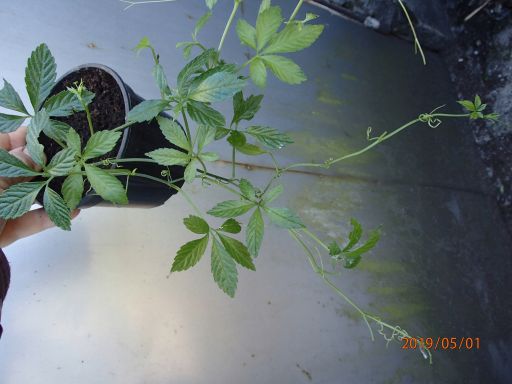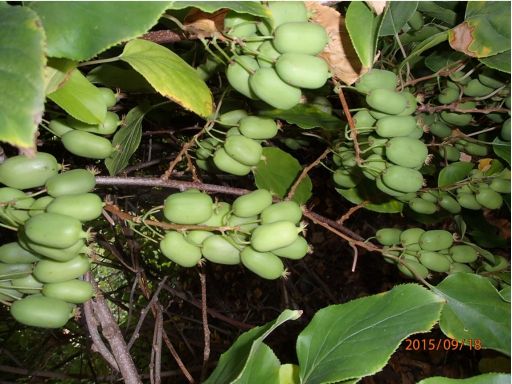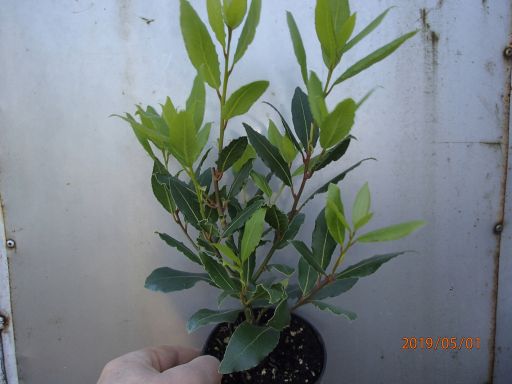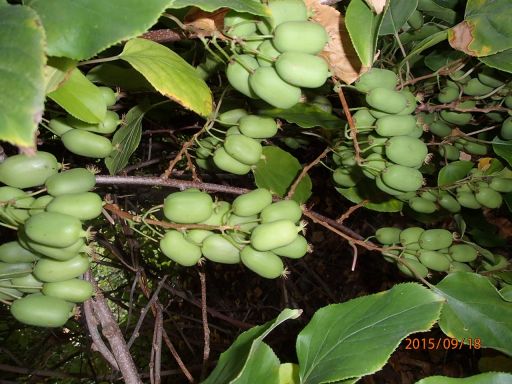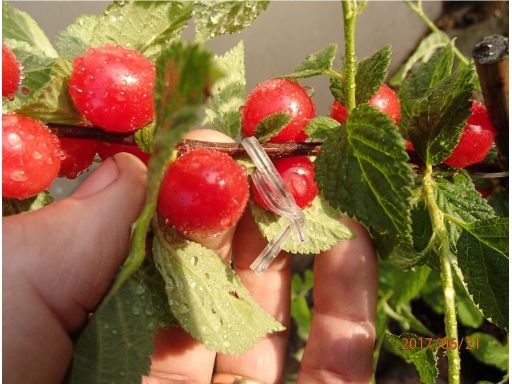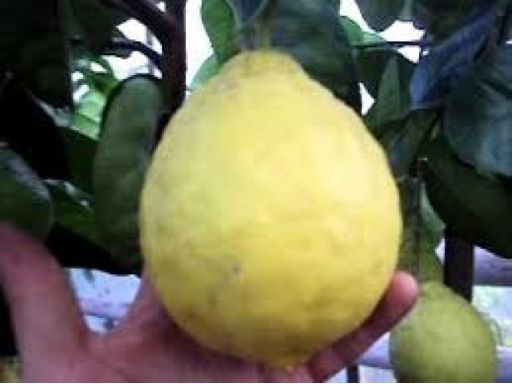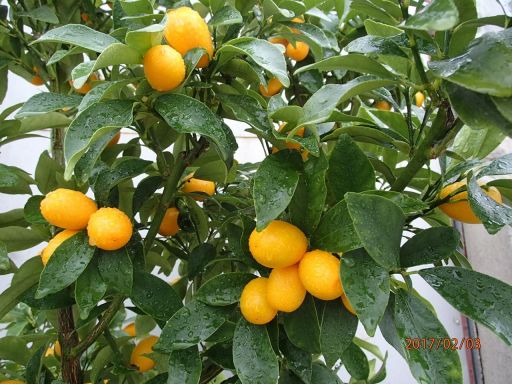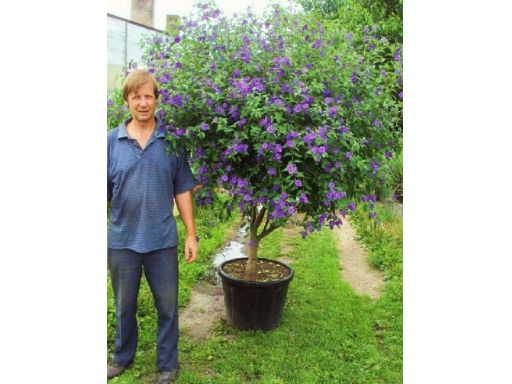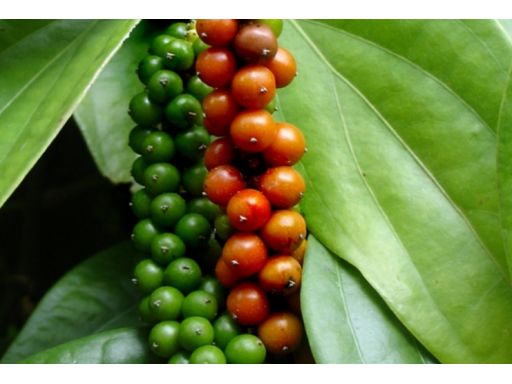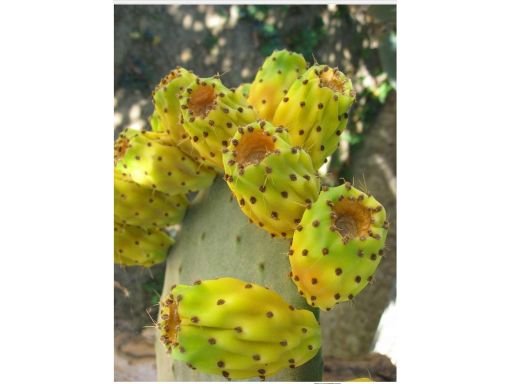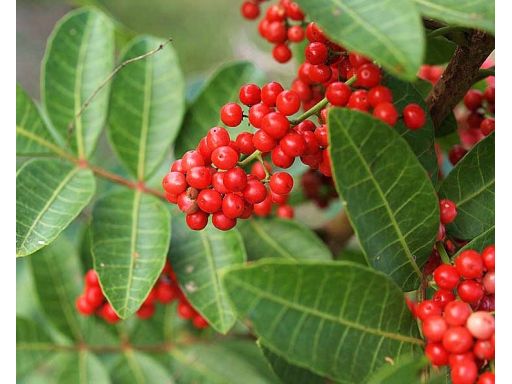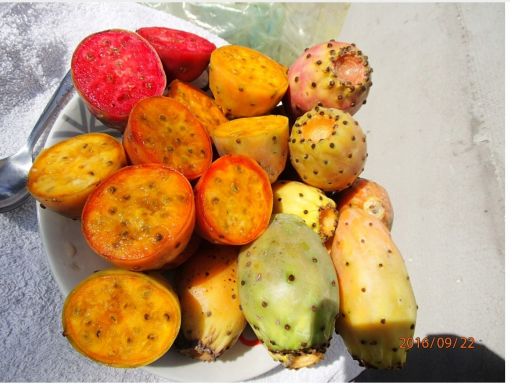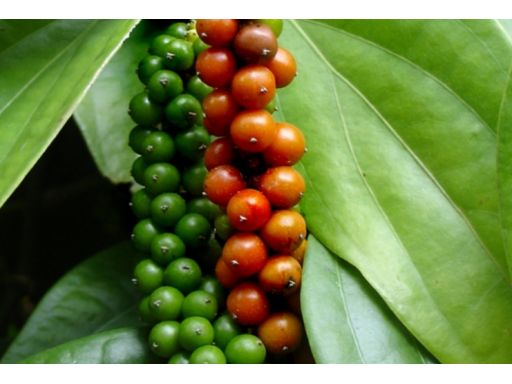Gynostemma pentaphyllum jiao-gu-lan. w ofercie sadzonki mocno ukorzenione wysokości ok 50 cm (wiosenny przyrost) wysyłamy z ziemią i doniczką porządnie zabezpieczone przed wysyoką/niską temperaturą oraz wstrząsami.
Rośliny najlepiej rosną w cieniu lub półcieniu, można je uprawiać w pojemnikach lub w gruncie, na zimę przykrywając jedliną lub torfem, bo kłącza przy ostrych mrozach mogą bez osłaniania wymarzać. jednak ostatnie zimy są tak łagodne że u nas zimują bez okrywania.
Roślina cenna ze względu na zawartość tzw. gypenozydów podobnych do ginsengozydów z żeń szenia, w którym stwierdzono 8 identycznych związków z tymi z gynostemmy. jednak żeń szeń zawiera ich 28 a gynostemma aż 82.
Główna właściwość gypenozydów to zwiększenie produkcji naszego własnego enzymu - dysmutazy ponadtlenkowej, która jest silnym przeciwutleniaczem, chroni nasze dna przed uszkodzeniami, zatrzymuje procesy starzenia i hamuje wzrost guzów nowotworowych.
Działanie naparu z gynostemmy:
- neuroprotekcyjne - zapobiega powstawaniu uszkodzeń w komórkach nerwowych i zwiększa żywotnośc już uszkodzonych komórek
- odchudzające - zwiększa produkcję peroksydazy lipidowej oraz kinazy aktywowanej - enzymów spalających tłuszcze
- na chorobę parkinsona - zwiększa przeżywalność istoty czarnej, zwiększa produkcję serotoniny, dopaminy i noradrenaliny
- normalizuje ciśnienie krwi
- normalizuje pracę serca
- obniża poziom cholesterolu
- obniża poziom cukru we krwii
- zwiększa produkcję insuliny zarówno u osób zdrowych jak i z cukrzycą
- obniża poziom trójglicerydów
- obniża apetyt
- zwiększa odpornośc przez aktywację limfocytów b i t
- działa przeciwhistaminowo
- antyalergicznie
- przeciwastmatycznie
- działa osłonowo na wątrobę i nerki
- osłonowo na żołądek przy wrzodach i podrażnieniach
- zwiększa wychwyt glukozy w mięśniach i przeciwdziała zmęczeniu
- działa przeciwnowotworowo
- zwiększa zdolności przystosowawcze organizmu (adaptogen)
- prebiotyczne - polisacharydy zawarte w zielu, a niestrawne dla człowieka stanowią pokarm dla flory jelitowej
- działanie potwierdzone naukowo, poniżej przedstawiamy biblografię:
Bibliografia:
Cheng j.g.: investigation of the plant jiaogulan and its analogous herb, wulianmei. zhong cao yao. chinese. 1990. 21(9): 424.
Circosta c., de pasquale r., occhiuto f.: cardiovascular effects of the aqueous extract of gynostemma penthapyllum makino. phytomedicine. 2005; 12: 638-643.
Tanner m.a., bu x., steimle j.a., myers p.r.: the direct release of nitric oxide by gypenosides derived from the herb gynostemma pentaphyllum. nitric oxide. 1999; 3(5): 359-365.
Circosta c., de pasquale r., palumbo d.r., occhiuto f.: bronchodilatory effects of the aqueous extract of gynostemma pentaphyllum and gypenosides iii and viii in anaesthetized guinea-pigs. j. pharm. pharmacol. 2005, aug; 57(8): 1053-8.
Diao xue-zhi wang xiao-mei department of cardiology,affiliated hospital of liaoning medical college,jinzhou 121001,china;effect of txl superfine powder on diabetic myocardiopathy in rats:experiment study[a];[c];2008
Gauhar r, et al heat-processed gynostemma pentaphyllum extract improves obesity in ob/ob mice by activating amp-activated protein kinase . biotechnol lett. (2012)
Hesse c, et al phytopreventative effects of gynostemma pentaphyllum against acute indomethacin-induced gastrointestinal and renal toxicity in rats . phytother res. (2007)
Hoa nk, et al the possible mechanisms by which phanoside stimulates insulin secretion from rat islets . j endocrinol. (2007)
Hong sw, et al gypenoside tn-2 ameliorates scopolamine-induced learning deficit in mice . j ethnopharmacol. (2011)
Huang th, et al a novel lxr-alpha activator identified from the natural product gynostemma pentaphyllum . biochem pharmacol. (2005)
Huang w.c., kuo m.l., li m.l., yang r.c., liou c.j., shen j.j.: gynostemma pentaphyllum decreases allergic reactions in a murine asthatic model. am. j. chin. med. 2008; 36(3): 579-92.
Hung tm, et al protein tyrosine phosphatase 1b inhibitory by dammaranes from vietnamese giao-co-lam tea . j ethnopharmacol. (2009)
Huyen vt, et al antidiabetic effect of gynostemma pentaphyllum tea in randomly assigned type 2 diabetic patients . horm metab res. (2010)
Huyen vt, et al antidiabetic effects of add-on gynostemma pentaphyllum extract therapy with sulfonylureas in type 2 diabetic patients . evid based complement alternat med. (2012)
Hyun s.ch., mi s.p., seung h.k., bang y. h., chong k.l., myung k.l.: neuroprotective effects of herbal ethanol extracts from gynostemma pentaphyllum in the 6-hydroxydopamine-lesioned rat model of parkinson’s disease. molecules 2010; 15: 2814-2824
Im sa, et al restoration of electric footshock-induced immunosuppression in mice by gynostemma pentaphyllum components . molecules. (2012)
Karmańska a. gynostemma pentaphyllum – chińska herbata, bromat. chem. toksykol. – xlvi, 2013, 4, str. 474 – 484
Kimura y., okuda h., arichi s., takemoto t.: effects of crude saponins of gynostemma pentaphyllum on lipid metabolism. shoyakugaku zasshi 37: 272-275.
Lin c.c., huang p.c. lin j.m.: antioxidant and hepatoprotective effects of anoectochilus formosanus and gynostemma pentaphyllum. am. j.chin. med. 2000; 28(1): 87-96
Lukie b.e., forstner g.g.: synthesis of intestinal glycoproteins. incorporation of [1-14 c] glucosamine. biochim. biophys. acta. 1972; 261: 353-364.
Lutomski j. "jiaogulan" (gynnostemma) przeciw zmęczeniu postępy fitoterapii 3-4/2002, s. 77
Megali s., davies n.m., roufogalis b.d.: anti-hiperlipidemic and hypoglycemic effects of gynostemma pentaphyllum in the zucer fatty rat. j.pharm. pharmaceut. sci. 2006; 9(2): 281-291
Mishra r.n., dharnidhar j.: jiao gu lan (gynostemma pentaphyllum): the chinese rasayan – current research scenario. international j. of research in pharmaceut. and biomed. scien. 2011; 2(4): 1483-1502).
Nagai, masahiro: abstracts of papers the 23rd meeting of the japanese society of pharmacognosy. jpn. nov. 1976: 37.
Norberg a, et al a novel insulin-releasing substance, phanoside, from the plant gynostemma pentaphyllum . j biol chem. (2004)
Razmovski-naumovski v., hsung-wei huang t., van hoan t., qian li g., colin c. d., basil d.r.: chemistry and pharmacology of gynostemma pentaphyllum. phytochemistry reviews., 2005; 4: 197-219. schild l, et al preconditioning of brain slices against hypoxia induced injury by a gynostemma pentaphyllum extract--stimulation of anti-oxidative enzyme expression . phytomedicine. (2012)
Schild l, et al selective induction of apoptosis in glioma tumour cells by a gynostemma pentaphyllum extract . phytomedicine. (2010)
Wang p, et al gypenosides protects dopaminergic neurons in primary culture against mpp(+)-induced oxidative injury . brain res bull. (2010)
Wang qf, et al gypenosides induce apoptosis in human hepatoma huh-7 cells through a calcium/reactive oxygen species-dependent mitochondrial pathway . planta med. (2007)
Xu jq, et al dammaranes from gynostemma pentaphyllum and synthesis of their derivatives as inhibitors of protein tyrosine phosphatase 1b . bioorg med chem. (2010)
Yeo j, et al potential hypoglycemic effect of an ethanol extract of gynostemma pentaphyllum in c57bl/ksj-db/db mice . j med food. (2008)
Yuan h, et al gynostemma pentaphyllum protects mouse male germ cells against apoptosis caused by zearalenone via bax and bcl-2 regulation . toxicol mech methods. (2010)
Zhang g, et al gypenoside attenuates white matter lesions induced by chronic cerebral hypoperfusion in rats . pharmacol biochem behav. (2011)
Zhang gl, et al gypenosides improve cognitive impairment induced by chronic cerebral hypoperfusion in rats by suppressing oxidative stress and astrocytic activation . behav pharmacol. (2011)
Zhang y, et al gypenosides inhibit renal fibrosis by regulating expression of related genes in rats with unilateral ureteral obstruction . j nephrol. (2011)


